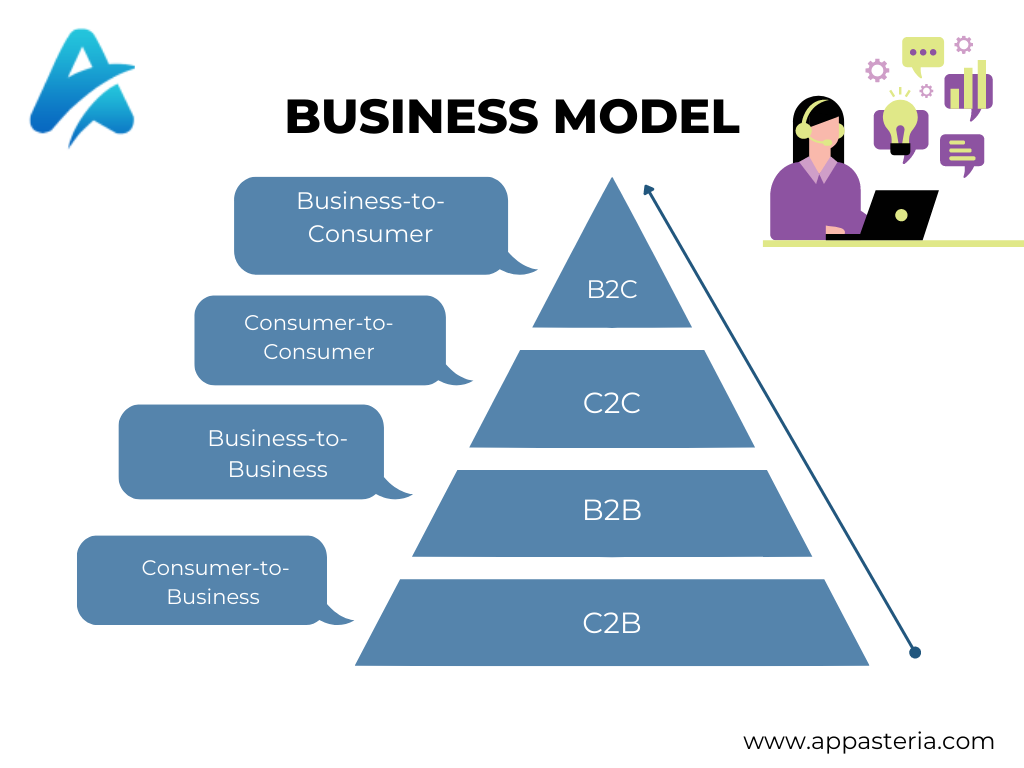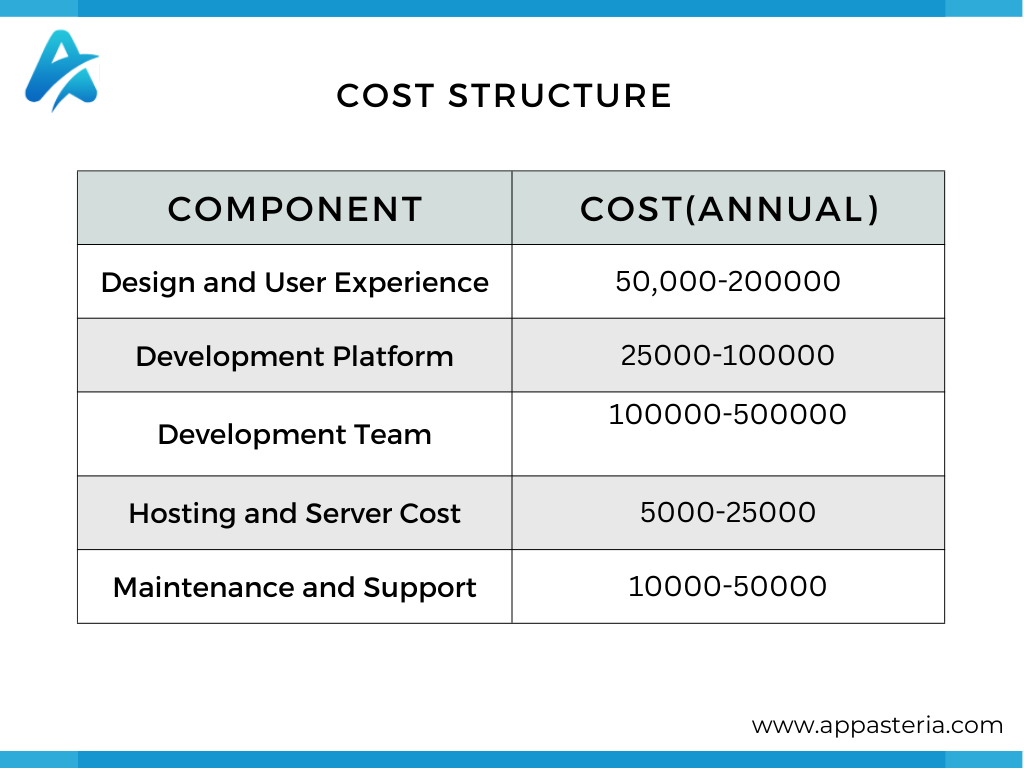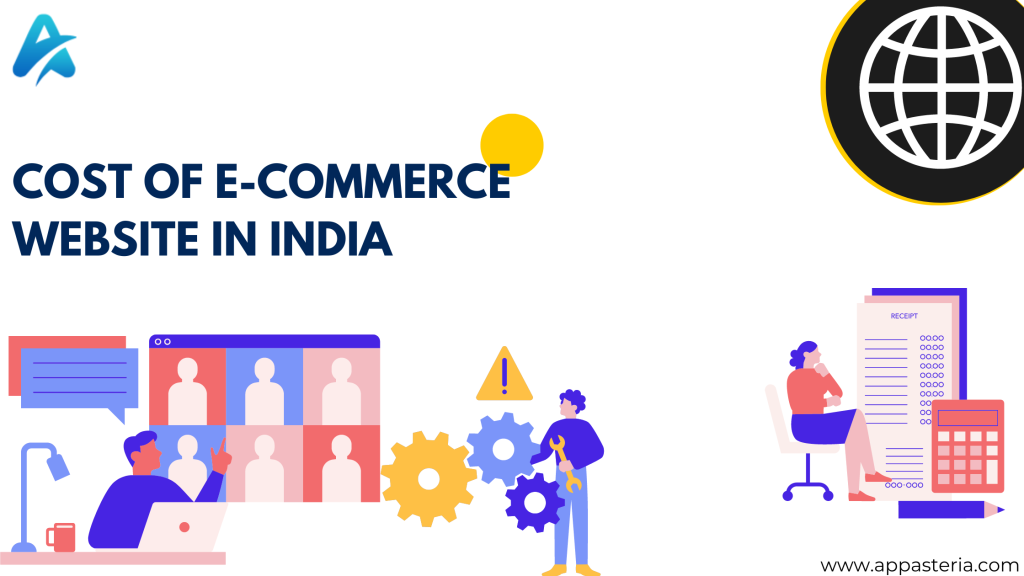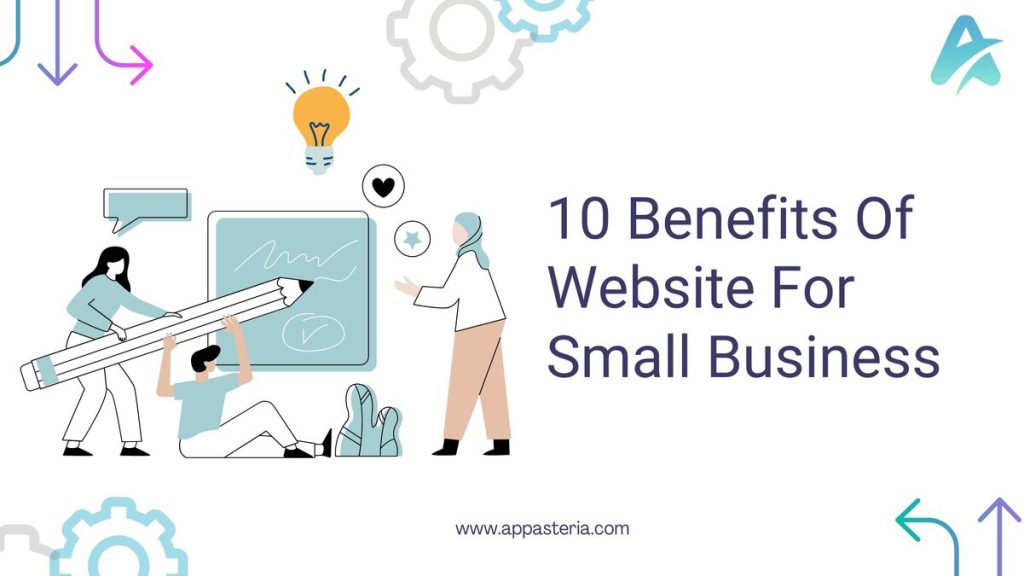Do you intend to launch an e-commerce website?
And you want to know about the cost of an e-commerce website in India?
You are in the correct zone, then.
Looking back a few years, e-commerce websites enjoyed a massive boost, allowing consumers to shop from anywhere and anytime. At the current time, most businesses are on the online platform; from groceries to luxury items, customers buy online. That’s why online sales regularly grow every year. According to a recent report, there are approximately 2.14 billion global buyers online. As we all know, Amazon has the largest market share compared to other e-commerce sites such as Myntra, Flipkart, Mesho, etc.
Due to the growth in internet users and favourable market conditions, India holds great potential in the e-commerce sector. The market value of e-commerce in India has been rapidly expanding, with an estimated worth of 22 billion U.S. dollars in 2018. It is projected that this number will skyrocket to 350 billion U.S. dollars by 2030.
A brief overview of the e-commerce website:

Website: This is where you can connect your business or organization online and provide information that can be found on the internet.
E-commerce is the selling or buying of products and services over the internet.
Ecommerce website: Businesses can sell their goods and services to customers directly online by using an e-commerce website. Customers can browse and purchase items from the comfort of their homes using various devices, such as laptops, smartphones, and tablets. The typical features of e-commerce websites include shopping carts, customer accounts, and secure payment methods. They can be customized to meet the company’s and its clients’ particular needs. Some famous examples of e-commerce websites include Amazon, eBay, and Alibaba. Click on the benefits of a website for business to learn more about it.
Different types of ecommerce business models:

There are several e-commerce business models, including:
- Business-to-Consumer (B2C): This is the most common type of e-commerce, where businesses sell products or services directly to consumers. Examples include Amazon, Walmart, and Target.
- Consumer-to-Consumer (C2C): This type of e-commerce allows individuals to sell goods or services to each other. Examples include eBay and Etsy.
- Business-to-Business (B2B): In this type of e-commerce, businesses sell products or services to other businesses. Examples include Alibaba and ThomasNet.
- Consumer-to-Business (C2B): This type of e-commerce allows consumers to sell goods or services to businesses. An example is Upwork, where freelancers can offer their services to businesses.
You can see a few business models here. Each model has its own set of benefits and challenges, and the choice of the most suitable model depends on the nature of the business and its target market.
Some key features of an e-commerce website that you need to know are:
An e-commerce website should have the following key features:
4 User-friendly navigation:
The website should have a clear and straightforward structure that allows users to quickly find what they’re looking for.
Product catalogue:
Your category section should be in a comprehensive and up-to-date product catalogue that displays product information, images, and pricing.
Search functionality:
A robust search function allows users to quickly and easily find products based on keywords, categories, and filters.
Shopping cart:
A shopping cart system allows users to add products, view their cart contents, and proceed to checkout.
Payment processing:
A secure payment gateway that accepts multiple payment options, such as credit card, PayPal, and other electronic payment methods.
Order management:
A system for managing and tracking orders, including order confirmation, shipping information, and order status updates.
Customer accounts:
A system for managing customer accounts, including the ability for customers to view their order history, update their personal information, and manage their billing and shipping information.
Customer service:
A section dedicated to customer service with FAQs, return and shipping policies, and a contact form for users to get in touch with the support staff.
Security:
The website should be secure, with an SSL certificate and encryption to protect sensitive customer information, such as credit card numbers and personal data.
Marketing and promotion:
The website should have features for marketing and promoting products, such as creating email campaigns, displaying promotions, and offering discounts and coupons.
Analytics and reporting:
The website should have a reporting system that provides valuable insights into customer behaviour, site performance, and sales trends, allowing for informed business decisions.
Ecommerce website development cost in India :
Several elements, including the site’s size and complexity, the platform and technology used, and the degree of customization required. And it can significantly impact the price of developing an e-commerce website in India.
On the low end, an essential e-commerce website with a simple design and limited features could cost anywhere from INR 50,000 to INR 2,00,000 or more. A more complex website with custom features and design could cost upwards of INR 5,00,000 or more.
It’s important to remember that these figures are only rough estimates. And that the cost of developing an e-commerce website can vary widely based on your specific requirements and budget. It’s always a good idea to get quotes from several development agencies to get a more accurate idea of the costs involved.
Structure of an Ecommerce Website Price in India:
Here is a breakdown of the cost structure of an e-commerce website in India, along with an estimated cost range for each component:

Design and User Experience:
This includes the cost of creating a custom design and user interface for the website. As well as integrating features such as product catalogues, shopping carts, and checkout processes. The cost for this component can range from ₹50,000 to ₹2,00,000, depending on the project’s level of customization and complexity.
Development Platform:
This includes the cost of choosing and setting up a development platform, such as Magento, WooCommerce, or Shopify. It also includes the cost of integrating any necessary third-party tools or plugins. The price for this component can range from ₹25,000 to ₹1,00,000, depending on the platform and tools chosen.
Development Team:
This includes the cost of hiring a development team to build and launch the website. The cost will depend on the experience and expertise of the team, as well as the size and complexity of the project. Depending on the team and project, the cost for this component can range from ₹1,00,000 to ₹5,00,000.
Hosting and Server Costs:
This includes hosting and setting up any necessary servers to ensure the website runs smoothly and securely. The cost for this component can range from ₹5,000 to ₹25,000 per year, depending on the hosting and server options chosen.
Maintenance and Support:
This includes the cost of maintenance charge of the website after its launch and providing ongoing support for technical issues and updates. The price for this component can range from ₹10,000 to ₹50,000 per year, depending on the maintenance and support needed.
It’s essential to note that these are just rough estimates, and the actual cost of an e-commerce website in India can vary widely based on the specific requirements and complexity of the project.
Note the point if you want to know about Ecommerce Website Development Cost In India.
It’s important to note that the cost is not just limited to development and design but also includes ongoing maintenance, updates, marketing, and advertising costs to drive traffic to the site.
Ultimately, the cost of an e-commerce website will depend on your business’s specific needs and requirements. It’s recommended to discuss your budget and requirements with multiple development teams to get an accurate estimate of the cost of your ecommerce website. If you want to make an ecommerce website, we are ready to help you. Get in touch with us.
FAQs:
What is the average cost of building an e-commerce website in India?
The cost of building an e-commerce website in India depends on several factors, such as the size of the site, the features required, and the development company you choose. On average, the cost can range anywhere from INR 50,000 to INR 10 Lakh or more.
Can I build an e-commerce website for a budget of INR 50,000?
It is possible to build a basic e-commerce website for a budget of INR 50,000, but it may include only some of the features and functionality needed for a fully-functional online store. It’s important to carefully consider what features are essential for your business and budget accordingly.
What factors affect the cost of building an e-commerce website in India?
The cost of building an e-commerce website in India can be influenced by various factors such as:
- The size of the website and the number of pages it will have
- The complexity of the design and layout
- The features and functionality required, such as payment gateway integration, inventory management, and shipping integration
- The choice of company or freelancer and their experience and expertise
Can I negotiate the price with an e-commerce website development company in India?
Yes, you can negotiate the price with an e-commerce website creation company in India. Feel free to negotiate and try to agree on a fair price that works for both parties. Getting quotes from multiple companies and comparing the services and costs is essential to find the best option for your budget.
Is it more cost-effective to outsource e-commerce website development to India?
Outsourcing an e-commerce website built in India can be cost-effective compared to hiring a local development company. This is because the cost of living and labour in India is lower, so development companies can offer their services at a lower price. However, it’s essential to carefully consider the expertise and experience of the company, as well as the quality of their work, before making a decision.



